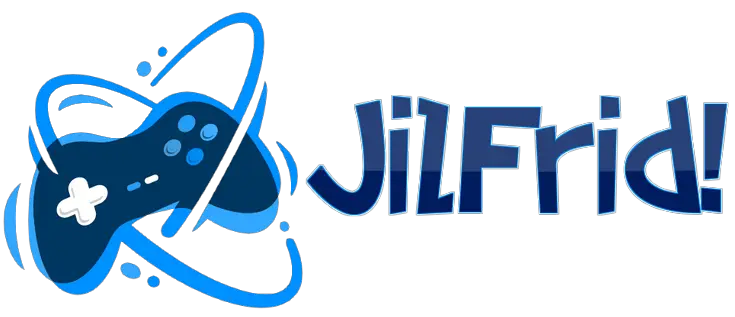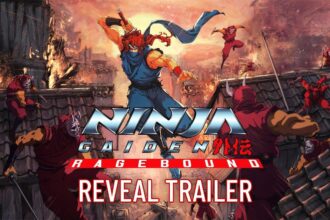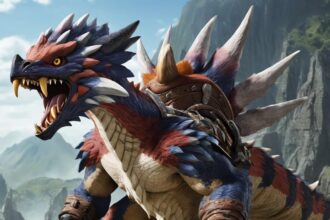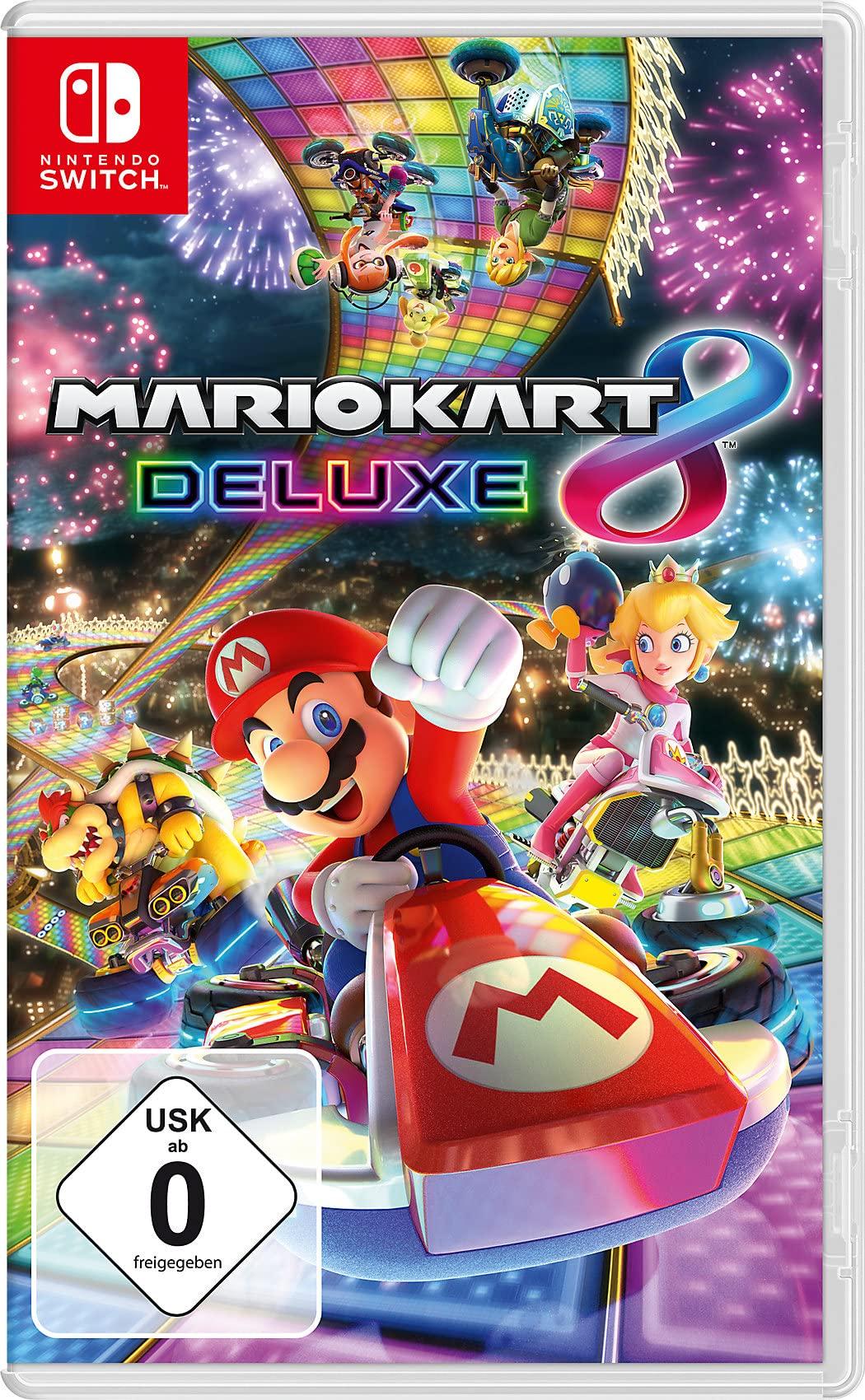In a world where gamers are no strangers to the thrill of racing down colorful tracks and the nostalgia of iconic Nintendo characters, the recent release of Mario Kart has left many fans in a state of turmoil. The reason behind this chaos: a price tag of $80, which has sparked a heated debate among gamers and industry insiders alike. As the gaming landscape continues to evolve, the question on everyone’s mind is: will this premium price point become the new norm for marquee Nintendo titles? In a recent statement, a top Nintendo executive weighed in on the matter, bringing much-needed clarity to the conversation. According to the company’s leadership, the hefty price tag is not, in fact, the new ‘benchmark’ for future releases. But what does this mean for the future of gaming, and how will Nintendo balance its desire for innovation with the concerns of its loyal fan base?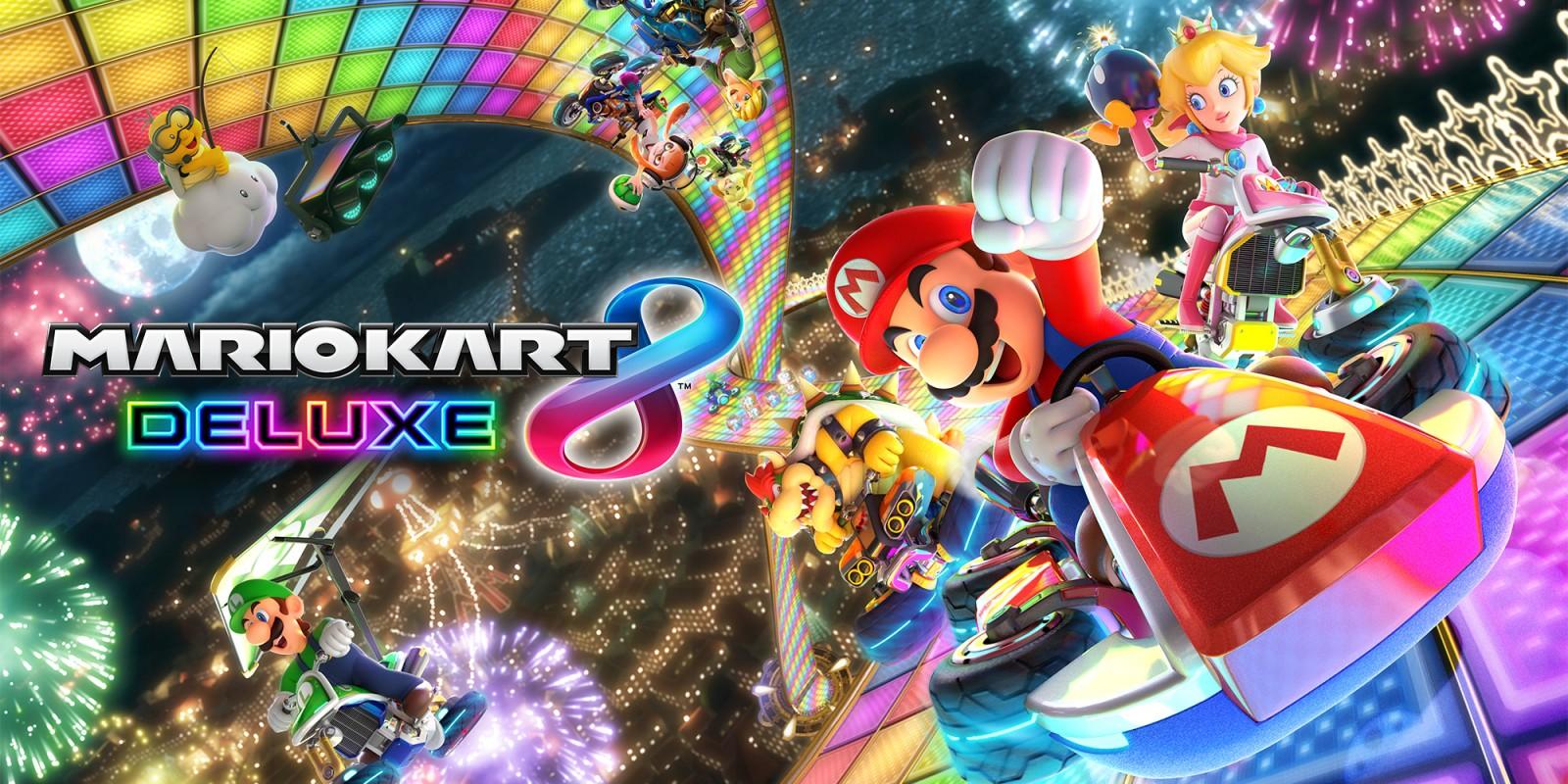
Mario Kart Pricing Strategy Raises Eyebrows
The announcement of $60 as the base price point for the next-generation consoles and games left a lot to be desired for gamers on a budget. The news that Mario Kart would cost $80 left both critics and loyal customers on the defensive, as it spells out unpredictable costs in an already expensive gaming landscape. Nintendo is just one example of the shifting sands in the pricing landscape.
Many will identify with the experience of shelling out cash upfront and expecting to lay hands on the full version of the game. But a price hike in the popular edition hints at gamers having to make tough financial choices in the face of budget games on the one hand and marquee titles such as Mario Kart on the other. The likelihood of shifting allegiances and the fact that loyal gamers are starting to rethink future transactions may dictate if titles will proceed at a high price. The perception that loyal customer dollars can easily go the distance for a limited experience has become the status quo. For instance, some of the limited content for top-tier video games can be brought to your attention as follows:
| Content Type | Ranking | Cost (USD) |
|---|---|---|
| Main Game | As ranked by gamers as the #1 | 60 |
| Deluxe | Contains main game and add-on content | 70-80 |
| Pro Pack | Contains deluxe content and additional perks | 90 |
Here is the list of potential high price tags.
- DLC contents or the highly sought-after season passes
- Bundles and gift items with the price that most people will find off-putting
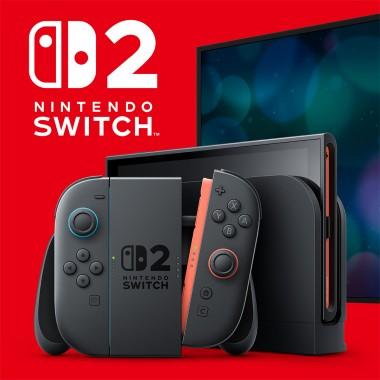
Nintendos Stance on Game Pricing Debated
The debate surrounding game pricing has been a contentious issue in the gaming community, with some titles reaching as high as $70-$80 for their base version. Recently, Nintendo has faced scrutiny over the pricing of its latest games, including Mario Kart. In a statement, Nintendo’s president, Shuntaro Furukawa, attempted to quell concerns, stating that the $80 price point for Mario Kart is not a new benchmark for the company.
While some fans have welcomed Furukawa’s reassurance, others remain skeptical, pointing to the increasing cost of living and the growing number of games being released at higher price points. The following is a list of recent Nintendo games and their corresponding prices:
| Game | Price (USD) |
|---|---|
| Mario Kart | $80 |
| The Legend of Zelda: Breath of the Wild | $70 |
| Super Smash Bros. Ultimate | $70 |
Some fans have taken to social media to voice their concerns, using the hashtag #FairGamePrices, with points including:
- The increasing cost of living and stagnant wages make it difficult for some fans to afford new games
- The $80 price point for Mario Kart is seen as particularly high when compared to other games in the series
- Nintendo’s recent price increases have been met with opposition from fans, with some suggesting that the company should reconsider its pricing strategy
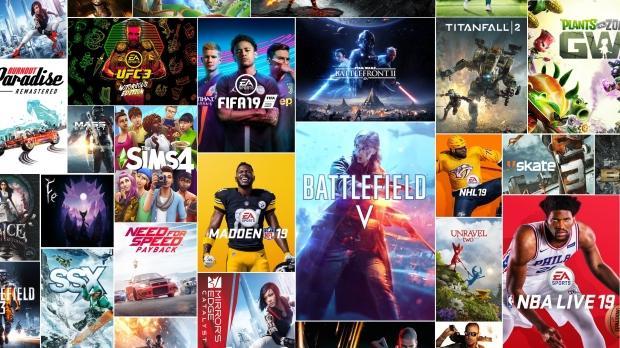
Is Eighty Dollars the New Norm for AAA Games
The rising trend of premium game pricing has sparked heated debates among gamers worldwide. As the gaming industry continues to evolve, the $80 benchmark seems to be gaining traction. However, Nintendo’s stance on this pricing strategy has taken center stage following their recent remarks. The general feeling among gamers is that the $80 price tag might just become the new standard, especially for AAA titles.
The contrasting views on this matter:
• Some gamers argue that the increasing development costs and graphical improvements justify the higher price point.
• Others claim that this strategy will lead to a decline in sales and an overall negative impact on the gaming industry.
• Many gamers still prefer to wait for discounts and deals before making a purchase, while others are willing to pay a premium for their favorite titles.
| Popular AAA Games | Launch Price (USD) |
|---|---|
| The Last of Us Part II | $60 (Base) / $70-$80 (Deluxe) |
| God of War Ragnarök | $60 (Base) / $70-$80 (Deluxe) |
| Halo Infinite | $60 (Base) / $80-$100 (Premium Bundle) |
It remains to be seen how this shift in pricing strategy will ultimately affect the gaming landscape and the affordability of AAA titles for gamers worldwide.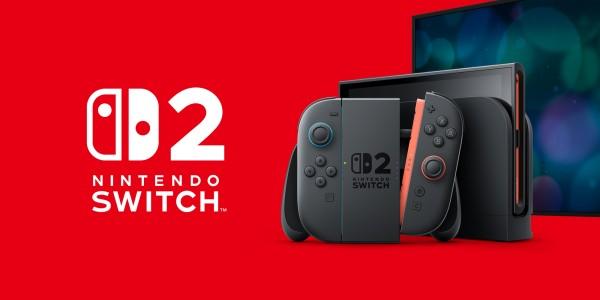
The Impact of Expensive Games on Gamers
For many gamers, the cost of new games can be a significant barrier to entry. With prices for some titles reaching upwards of $80, it’s no wonder that many are feeling priced out of the market. This can be particularly tough on gamers who are eager to get their hands on the latest and greatest games, but are simply unable to afford them. As a result, many gamers are left feeling forced to make difficult choices about which games to prioritize, and which ones to leave on the shelf.
This can be particularly frustrating for gamers who are invested in specific franchises, but are unable to afford the latest installments. Financial struggles and limited access to new games can also lead to feelings of FOMO (fear of missing out) and disconnection from the gaming community. Some of the other effects of expensive games on gamers include:
- Limited game library and restricted access to new games
- Difficulty in keeping up with the latest developments in the gaming world
- Increased stress and pressure to make tough financial choices
- Potentially feeling forced to choose between gaming and other hobbies
| Price Range | Impact on Gamers |
|---|---|
| $60-$80 | Some gamers may feel priced out, limited game library |
| $80+ | Significant financial burden, potential for FOMO and disconnection from the gaming community |
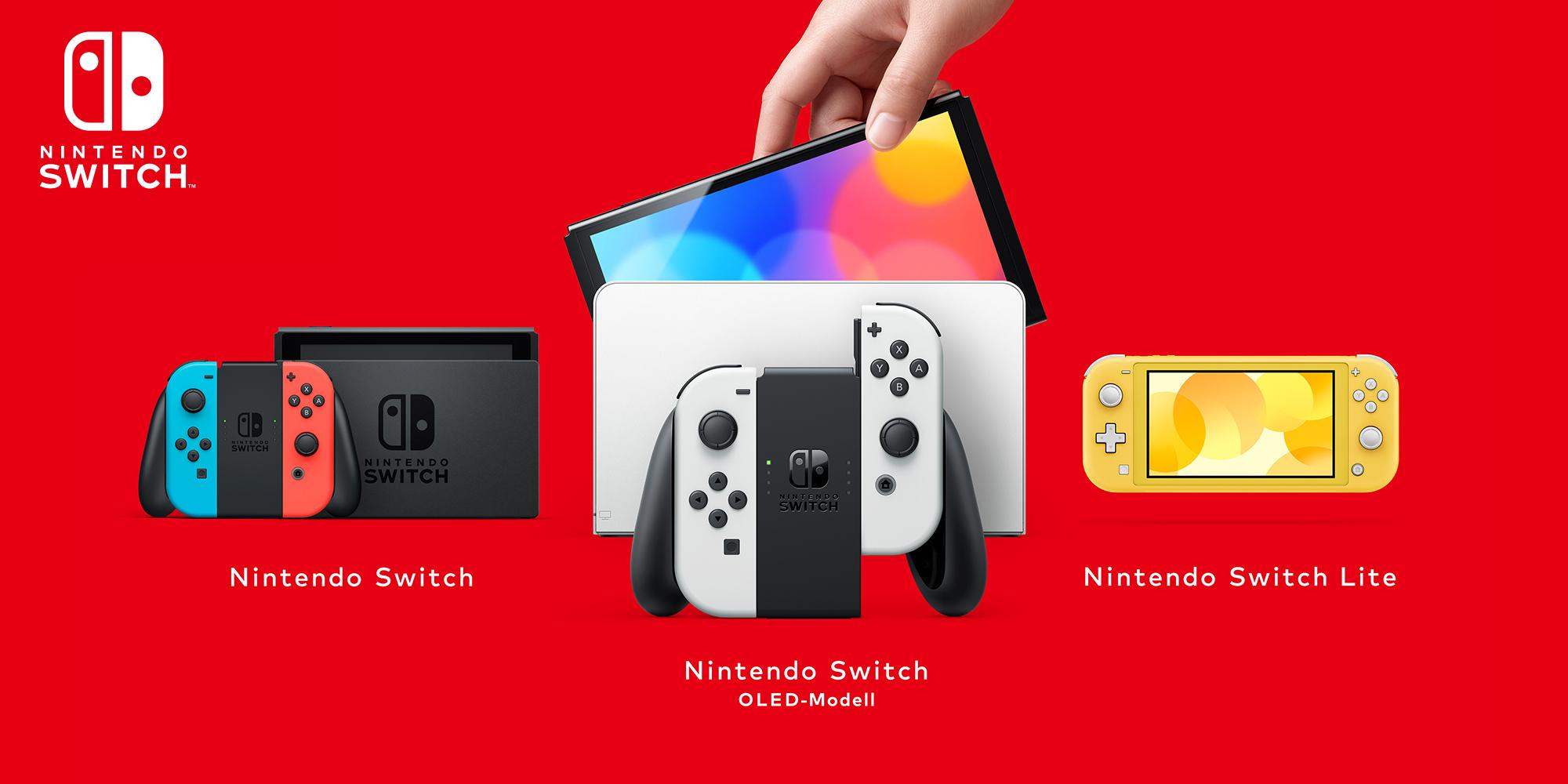
Why Do Games Keep Getting Pricier
The Gaming Industry’s Price Hike Trend
The cost of gaming has been on a steady rise for several years now, with major game releases often commanding a premium price tag. This has led to widespread debate, with some arguing that the increased prices are justified by the quality and complexity of the games, while others claim that they are simply a reflection of the industry’s greed. Here are a few possible factors driving this trend:
- Increased development costs: Games are becoming increasingly complex, with larger teams, more advanced technology, and greater production values. These increased costs are being passed on to consumers.
- Longer game development times: Many games take years to develop, which means that the cost of maintaining a development team for an extended period is factored into the final price of the game.
Some examples of recent game prices include:
| Game Title | Release Year | Initial Price (USD) |
|---|---|---|
| The Last of Us Part II | 2020 | $59.99 |
| Call of Duty: Black Ops Cold War | 2020 | $59.99-$89.99 |
| Horizon Forbidden West | 2022 | $69.99-$89.99 |
The Rise of DLC and Season Passes
In addition to the initial game price, the cost of gaming is also influenced by the widespread practice of releasing additional content, such as downloadable content (DLC) packs and season passes. These can often add tens or even hundreds of dollars to the total cost of a game.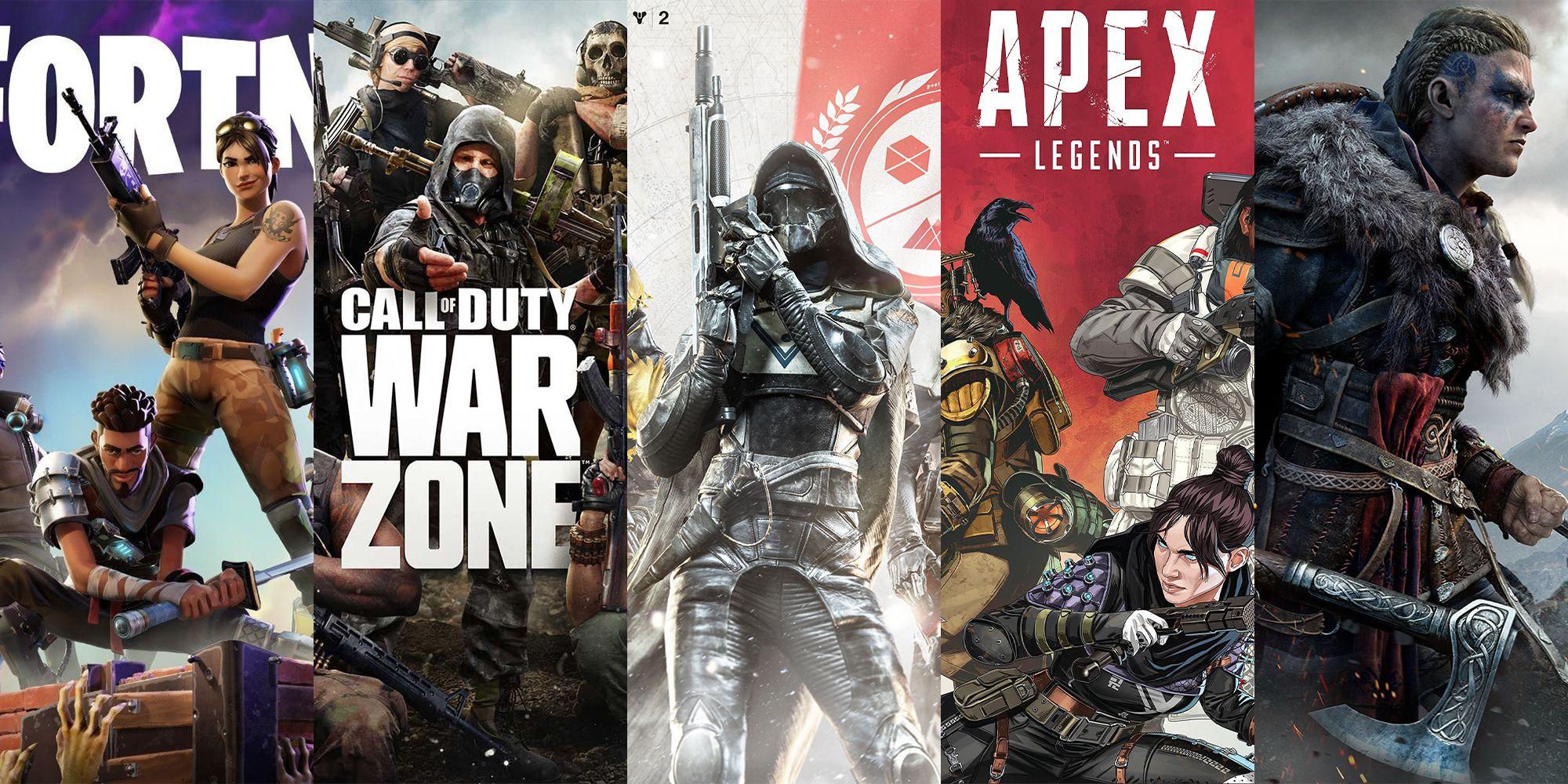
Breaking Down the Cost of Making AAA Games
When it comes to AAA games, the costs are multifaceted. Game development costs alone can range from $50 million to over $1 billion, depending on the complexity of the game, the size of the development team, and the technology used. These costs are broken down into several key areas:
Staffing: Salaries for developers, designers, artists, and other team members make up a significant portion of game development costs.
Software and hardware: The cost of software licenses, hardware, and equipment needed to develop and test the game.
Marketing and promotion: Trailers, advertising, event marketing, and other promotional activities aimed at generating buzz around the game.
Another significant expense is operational costs, which include:
Server and infrastructure costs: Maintaining servers, data centers, and other infrastructure needed to support online gameplay.
Distribution and retail costs: The fees associated with distributing the game through various channels, including physical retailers and digital storefronts.
Post-launch support: Patches, updates, and ongoing support for the game after its initial release.
| AAA Game Development Cost Breakdown | Percentage of Total Cost |
|---|---|
| Staffing | 50-60% |
| Software and hardware | 10-20% |
| Marketing and promotion | 20-30% |
These costs add up quickly, and it’s easy to see why game development budgets can balloon to tens or even hundreds of millions of dollars.
Nintendos Response to the Backlash
Nintendo’s Response to the Backlash
In an effort to quell the growing discontent, Nintendo has released a statement attempting to justify the price point of its upcoming Mario Kart game. At the heart of the matter lies the company’s assertion that the $80 price tag is not an indication of a broader trend towards more expensive games. Considering the rising costs of game development and the increasing complexity of modern games, some critics argue that this justification may be more of a thinly veiled warning of things to come.
Nintendo’s reasoning centers around the following key points:
- The game’s extensive lineup of tracks and characters
- The inclusion of innovative features such as augmented reality and enhanced multiplayer capabilities
- A commitment to continued post-launch support with regular updates and new content
| Game Title | Price |
|---|---|
| Mario Kart | $80 |
| The Legend of Zelda: Tears of the Kingdom | $70 |
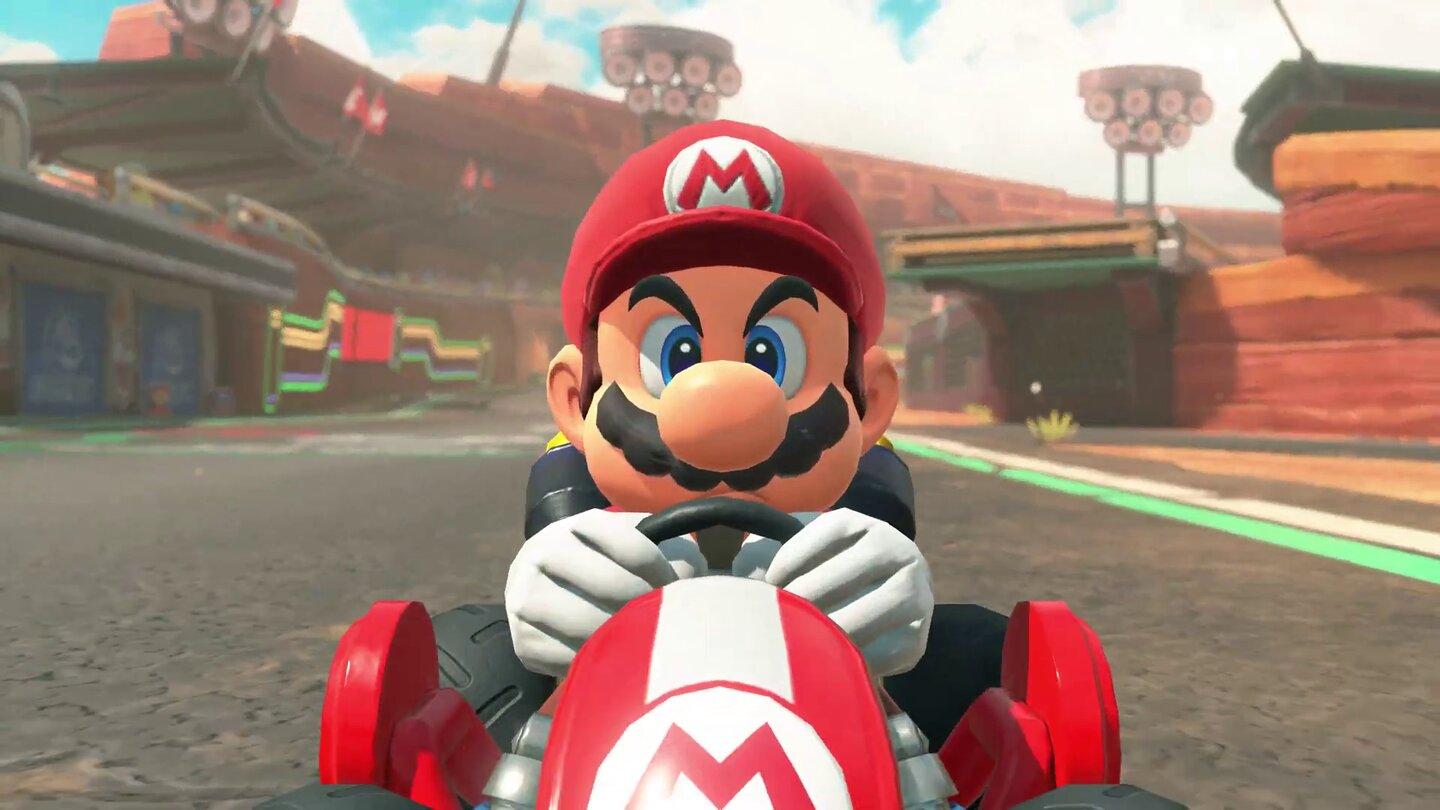
Mario Kart Pricing as a Market Litmus Test
Nintendo’s decision to price Mario Kart at $80 has been met with a mixed reaction, with some fans feeling that the price tag is justified while others believe it’s a step too far.
One aspect to consider is the value that comes with this price point – whether it’s the inclusion of a specific peripheral or the promise of a more substantial, in-depth gaming experience. For instance:
- Racing wheel bundle: If the game were to be packaged with a high-quality racing wheel and pedal set, the added value might make the $80 price tag more palatable to consumers.
- Track customization: A robust track creator with a wide variety of options and assets could also contribute to the overall value of the game.
The added value can be quantified in different ways. One simple approach could be to weigh the additional features against their equivalent standalone cost, and see if the total still justifies the increased price point.
| Base game | Mario Kart + Bundle | |
|---|---|---|
| Software cost | A standard full-game price, around $50 | $80 |
| Additional features’ worth | 0 | Estimated value of the racing wheel and other additional features included, worth $30 |
| Difference | $50 | $30 |
While this simplified comparison seems to validate the higher price of the bundled package, it may not necessarily convince more budget-conscious consumers.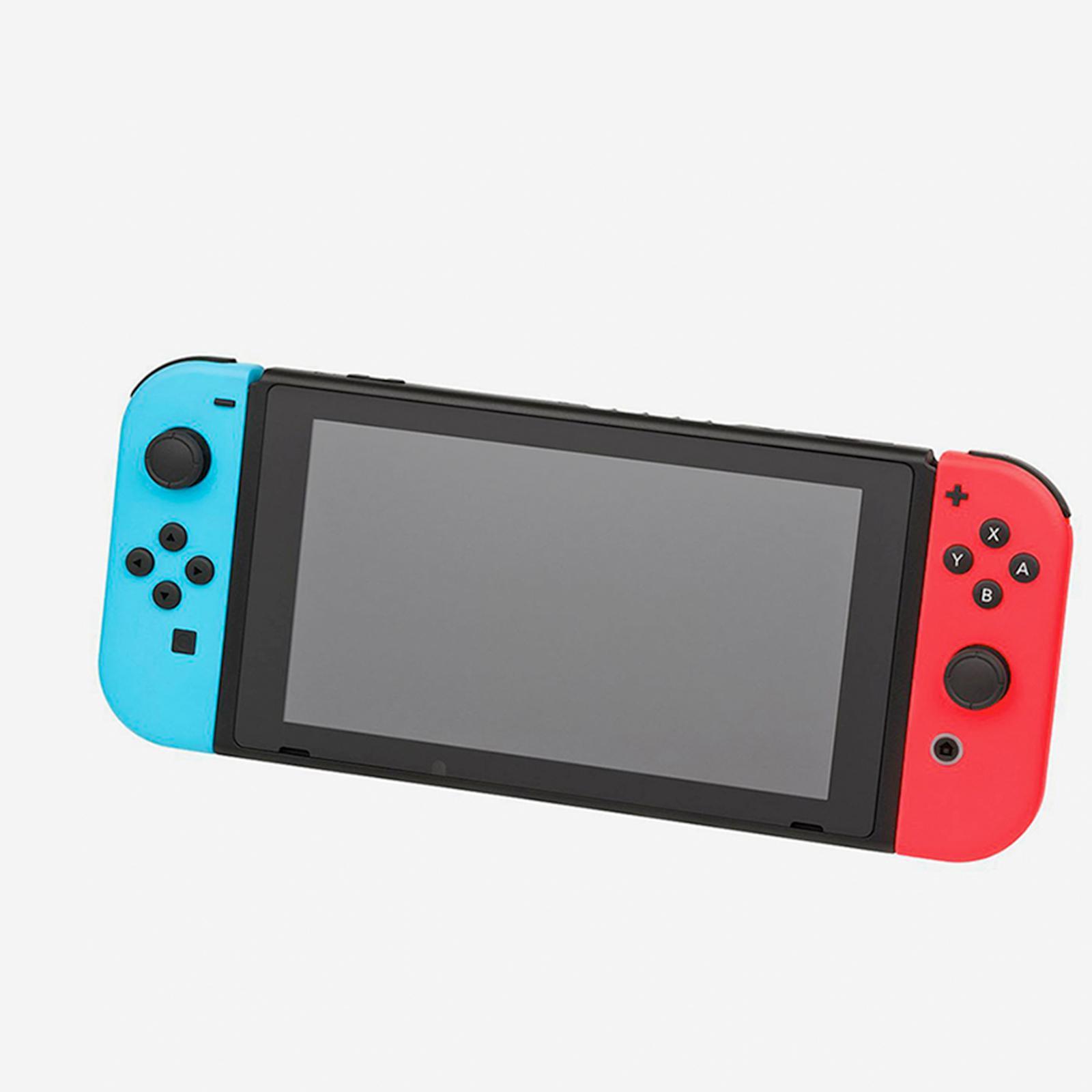
Gauging Gamer Reaction to High Priced Games
News of higher-priced games has been a hot topic lately, sparking debate within the gaming community. Some popular games, including Mario Kart, are now selling for $80, which is more expensive than the standard retail price. Gamers are questioning whether these prices will be the new norm. A recent survey suggests that gamers are divided on this issue. Some believe that $80 is a fair price if the game has a rich storyline, better graphics, and offers a unique gaming experience. Others feel that this is a way for developers to take advantage and squeeze more money from loyal fans.
There have been some changes in the gaming landscape that might be driving this shift:
Increased Development Costs: Games require more sophisticated graphics, realistic gameplay, and original storylines, which drive up development costs.
Advanced Technology: As the gaming industry moves towards cloud gaming, this could translate to higher costs.
Game as a Service (GaaS) Model: Some games now have a subscription-based model or online multiplayer options that may come with additional costs.
Special Editions and DLC: Additional features, characters, and levels are sold separately, leading to a larger profit margin.
Finding a Balance between Game Quality and Price
The concept of game pricing has always been a delicate topic in the gaming industry. Consumers expect high-quality games, but they also want to pay a reasonable price for them. The recent statement by a Nintendo executive has sparked a heated debate about the relationship between game quality and price.
A game’s price tag is influenced by several factors, including development costs, game length, graphical quality, and target audience. Key factors that determine a game’s price include:
- Development costs: The amount of money spent on creating the game, including salaries, equipment, and marketing expenses.
- Game length: The longer the game, the more content it has, and the higher the price.
- Graphical quality: The quality of the graphics and sound design can significantly impact the price of the game.
- Target audience: The game’s target audience and platform can influence the final price.
While it’s true that some games may be worth the premium price, others may not offer the same value. A survey on game pricing expectations reveals:
| Price Range | Expected Game Quality |
|---|---|
| $20-$40 | Indie games, short games, or older titles |
| $40-$60 | Mid-range games, average graphical quality, and decent gameplay length |
| $60-$80 | Premium games, high-end graphics, and significant gameplay length |
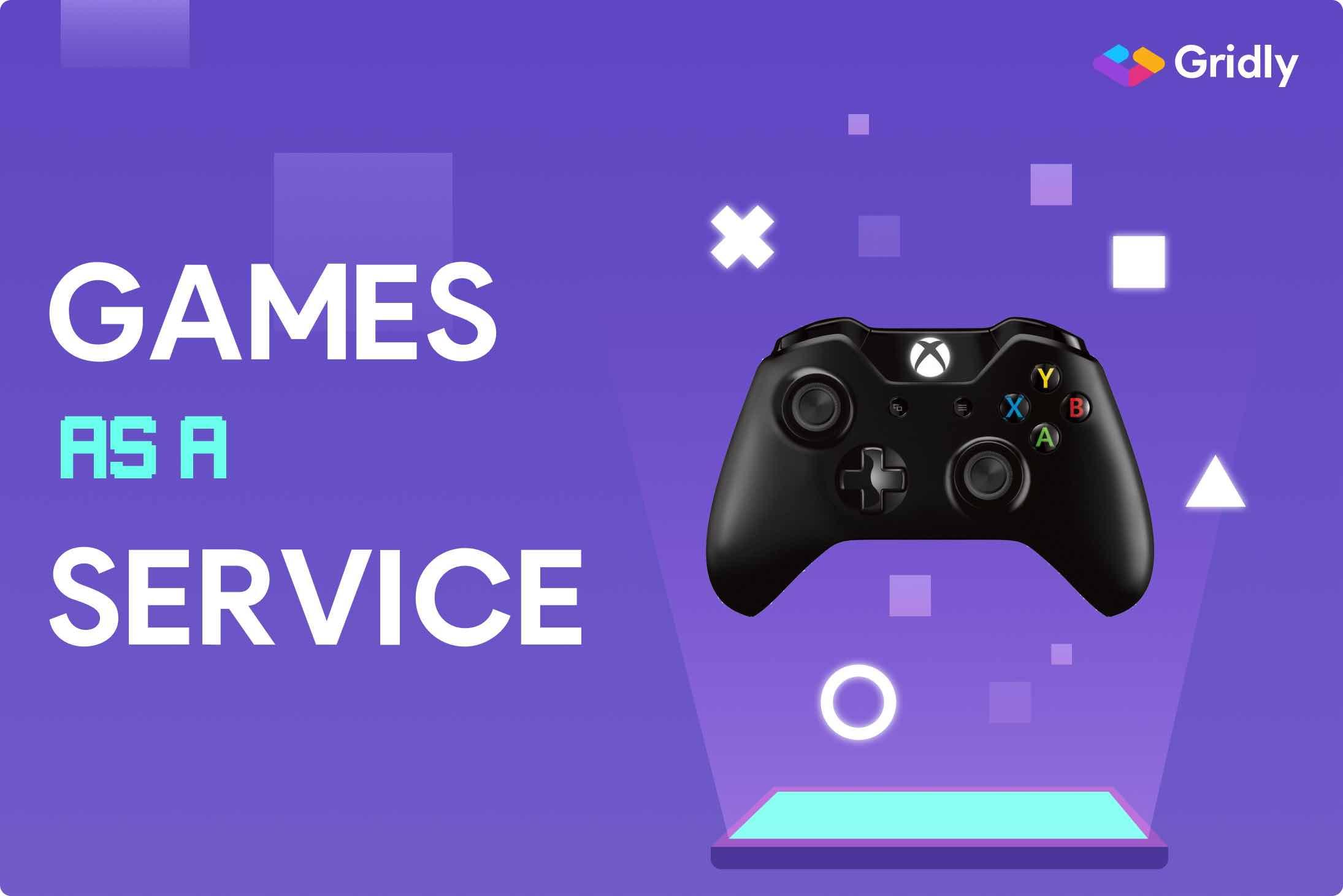
Games as a Service and the Future of Pricing
The shift towards games as a service has introduced a varied and sometimes confusing pricing landscape. While some titles continue to adhere to traditional models, others have adopted more flexible and episodic structures. This evolution is pushing gamers and developers alike to reevaluate the notion of ‘value’, as they navigate an industry where one-size-fits-all no longer applies.
In recent years, the standard price point for AAA titles has risen to $70, but some notable releases, including first-party exclusives, have been selling for up to $80 or more. While this may seem like an emerging trend, such a price hike could potentially alienate gamers who are not willing or able to spend more.
- For example: GTA Online‘s in-game purchases have created a lucrative microtransaction model that does not require front-loading the price tag.
- The success of subscription services such as Xbox Game Pass and Apple Arcade also suggests that flexible pricing, one that offers a library of games for a flat fee, could potentially become the new norm.
| Price Tier | Example Games |
|---|---|
| $100+ | Retro and Collectible games, Special Editions |
| $80-$100 | AAA First-party games, Exclusive titles |
| $70-$79 | Standard AAA titles |
| $50-$69 | AA games, mid-tier releases |
| $30-$49 | Indie titles, budget releases |
Final Thoughts
And with that, the checkered flag waves, signaling the end of this lap in the world of gaming pricing. The debate may not be over, but for now, it seems Nintendo’s president has put the brakes on any speculation that $80 will become the new standard for their iconic titles like Mario Kart. As the gaming landscape continues to shift and evolve, one thing remains constant: the thrill of the ride, and the desire for gamers to get their hands on the latest and greatest experiences. Whether or not the price tag will be a roadblock remains to be seen, but one thing’s for sure – the conversation is far from over.
